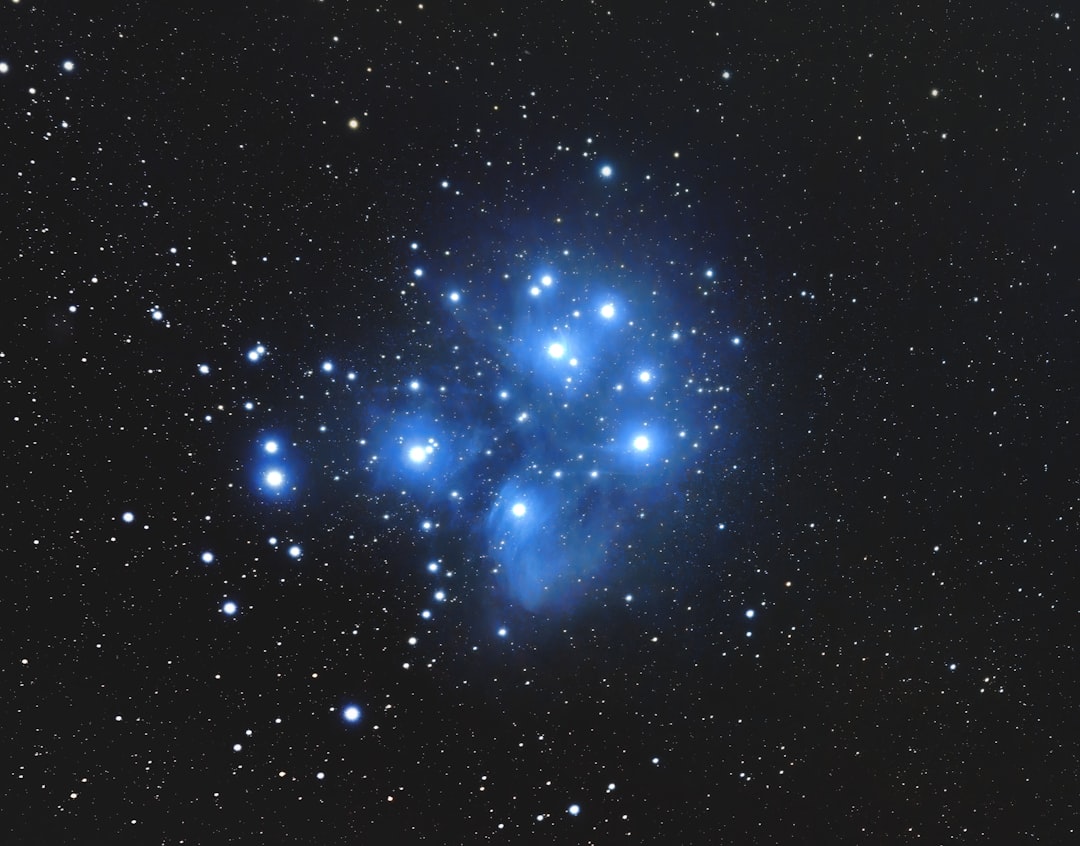What is it about?
South-west Britain – Cornwall, Devon and west Somerset – has featured little in discussions of British rock art. However, although it lacks the complex motifs found in northern Britain or the rich ornamentation of the Irish passage graves, it has a growing number of sites with simple cup-marks and stands at a pivotal location in the wider distribution of this form of rock art within north-west Europe. The paper considers the cup-mark tradition in the south-west and its wider European context, drawing attention to comparable traditions in western France, Wales and south-west Ireland where simple cup-marks occur in analogous contexts. We propose a chronology for cup-marks in the south-west, from suggested Neolithic origins associated with rock outcrops and chambered tombs through to their use in Bronze Age barrows and subsequently roundhouses in the second millennium cal BC.
Featured Image
Read the Original
This page is a summary of: From Landscape to Portable Art: The Changing Settings of Simple Rock Art in South-West Britain and its Wider Context, European Journal of Archaeology, January 2013, Cambridge University Press,
DOI: 10.1179/1461957113y.0000000039.
You can read the full text:
Contributors
The following have contributed to this page










